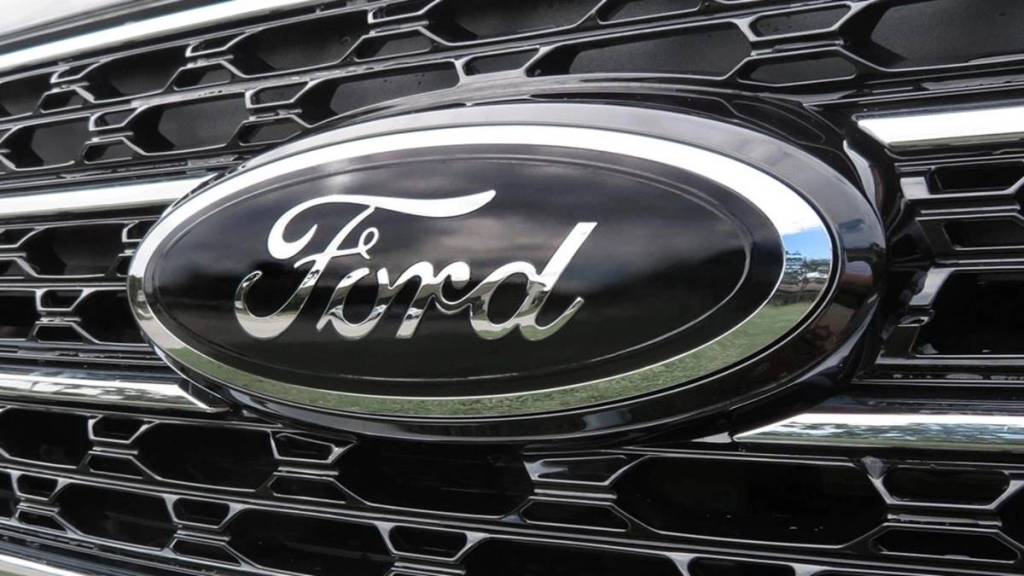The buy-out of Ford India’s Gujarat-based vehicle manufacturing plant last year for Rs 726 crore, led to a total savings of around Rs 5,000 crore for Tata Motors, India’s third largest carmaker.
In one shot, the Mumbai-based maker of nameplates like Safari and Nexon, scaled up its potential production capacity by 70% to push the total to over 1 million units a year from 600,000 units annually. Shailesh Chandra, managing director, Tata Motors Passenger Vehicles (TMPV) and Tata Passenger Electric Mobility (TPEM) said, “We can (now) boldly go for creating new products and start working for this kind of a volume.” He was talking at a recent investor day event organised by the company. “It is a smart, scalable factory with excellent infrastructure and the best thing is that it is adjacent to our existing plant. We have really saved a lot of money for building this kind of a capacity and the kind of infrastructure it has; nearly RS 5,000 crore,” Chandra added.
Tata Motors have been consistently pushing its production capacity higher by using the method of debottlenecking. From around 20,000 units a month in September 2020, the company has more than doubled its monthly output of passenger vehicles to around 46,000 units, including electric vehicles.
The expansion programme at its own plants located at Sanand (Gujarat), Pune and at the joint venture plant at Ranjangaon, Pune and at was done with minimal investments. The former Ford-owned plant will become operational in FY24, Tata Motors had shared earlier.
“Tata’s India passenger vehicle business has turned around remarkably with market share rising from 5% in FY20 to 14% in FY23. Tata Motors intends to further expand its portfolio across EV and ICE powertrains with four new vehicles in coming years, including a coupe Curvv, SUV Sierra and Avinya model based on its third-generation EV architecture,” said a note by Jefferies. Chandra added that the company aspires to deliver around 3% increase in margins in the medium-term and push them to double-digit as far as TMPV is concerned along with positive free cash flows. TMPV has an annual capex of `3,000 crore while TPEM has a capex of $2 billion till 2027. “Tata Motors management targets a 3% EBITDA margin increase in its ICE business in the near to medium term, driven by better product mix, cost cutting, operating leverage and non-vehicular revenue. We estimate the EBITDA margin will expand by 200bp by FY26e, vs 6.6% in FY23,” said a report prepared by HSBC Global Research.
To tide over the shortage of semiconductors, which continues to bother automotive companies, Tata Motors chose to contact the chip makers directly to improve allocation to it after trying several innovations. “We started working on our relationship with the chip makers but that was not very effective because there were clear chip allocation principals. Then we started with alternate suppliers who were ready to supply those components with the security of those chips and we took the calls of open market buys also.


